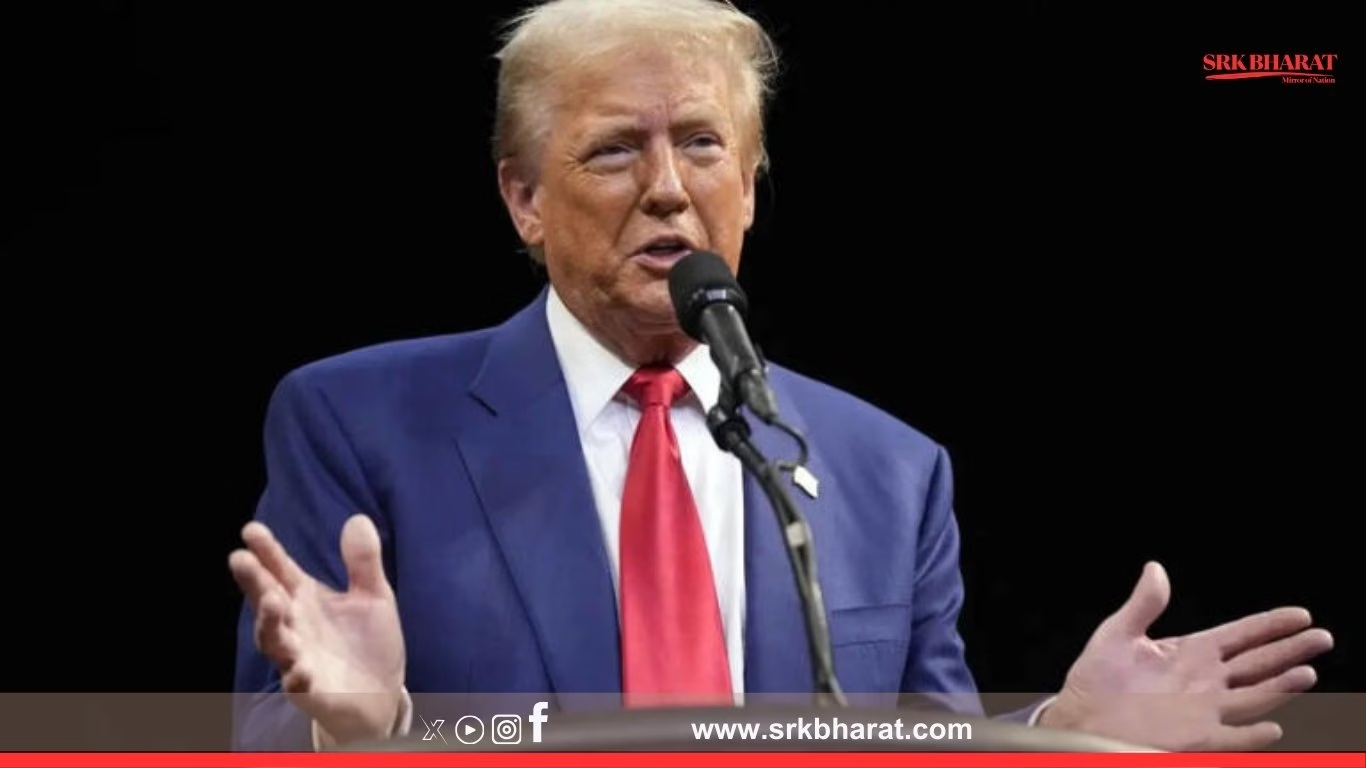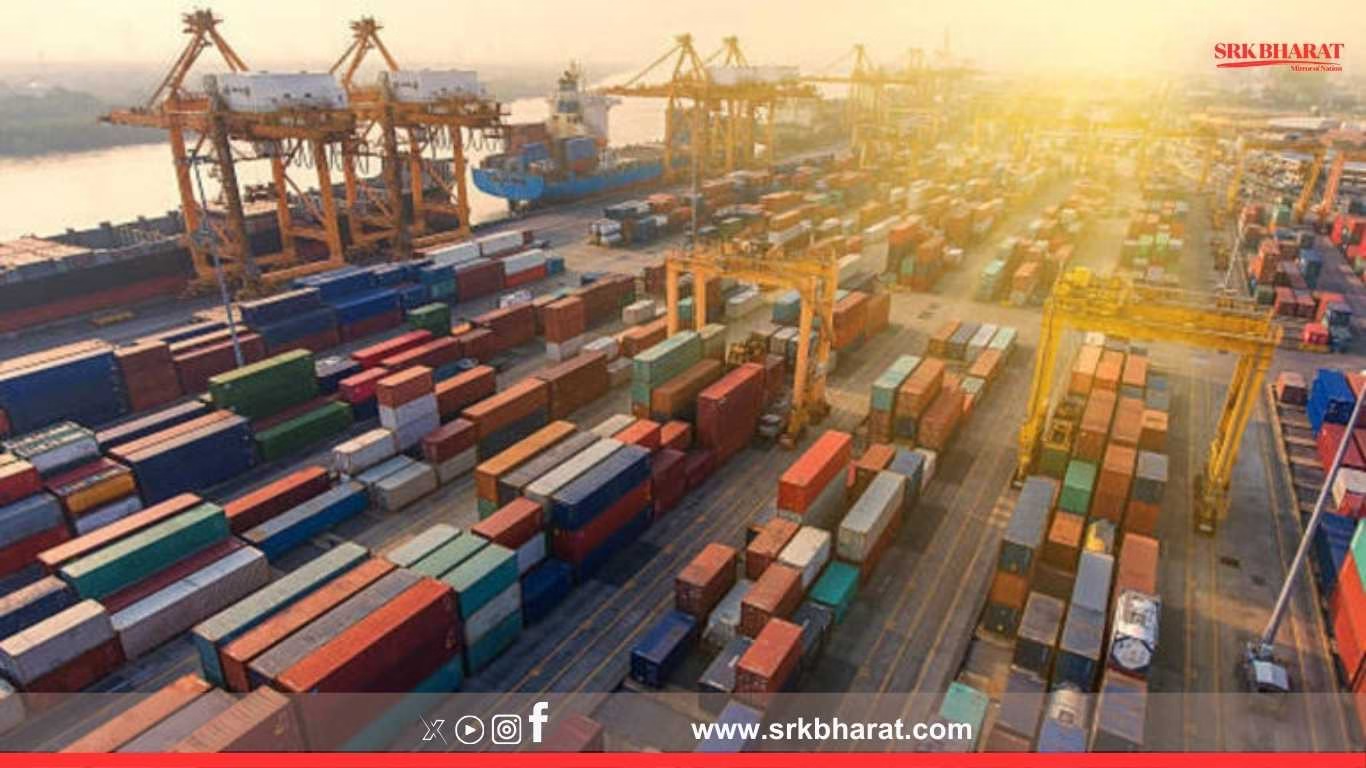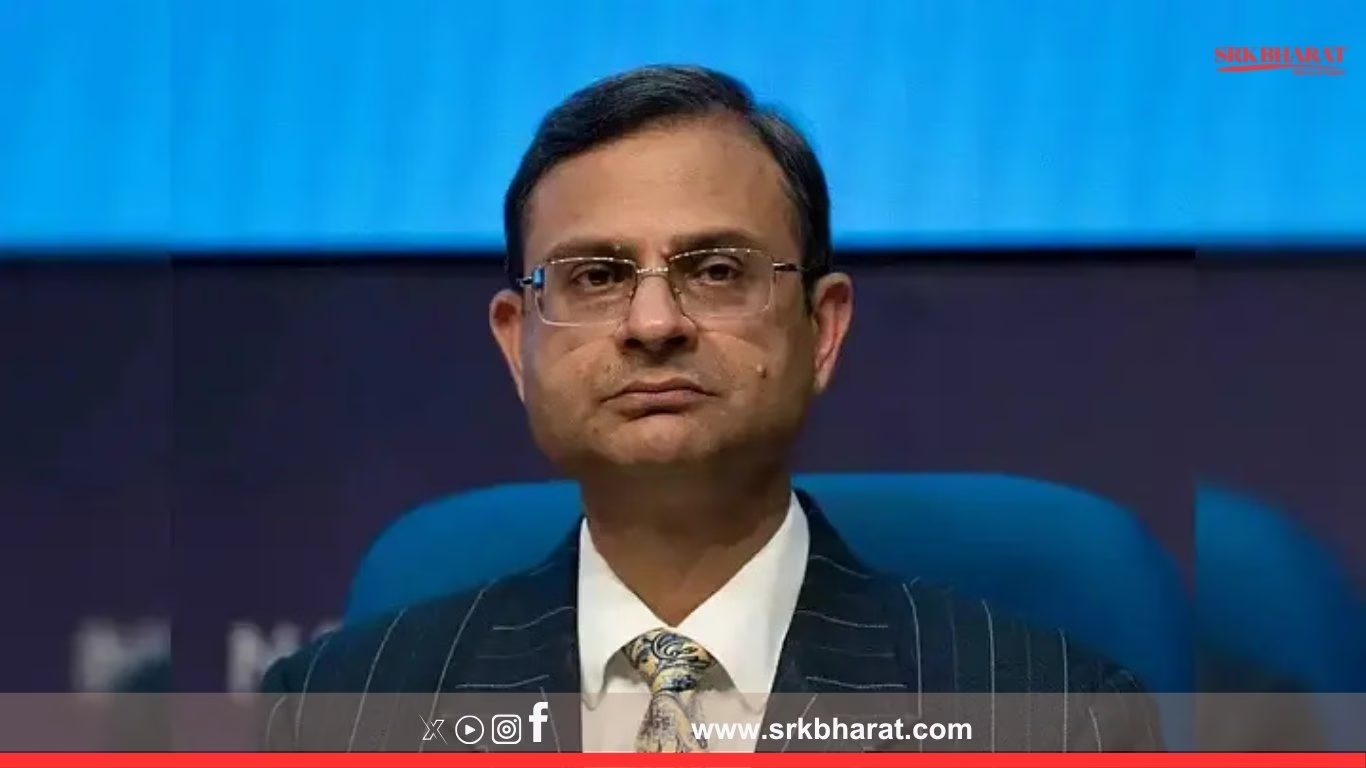In a development that has surprised both global investors and political commentators, India has received a rare sovereign credit rating upgrade from Standard & Poor’s (S&P), just days after former US President Donald Trump controversially referred to India as a “dead economy.” This move by one of the world’s top credit rating agencies signals international confidence in India’s economic resilience and long-term growth prospects.
S&P Raises India’s Rating for the First Time in Over a Decade
S&P Global Ratings has upgraded India’s long-term sovereign credit rating from BBB- to BBB, maintaining a stable outlook. This is the first such upgrade in more than 13 years, marking a significant turning point for the country’s global economic standing.
The agency cited strong GDP growth momentum, fiscal discipline, expanding export markets, and structural reforms as key drivers of the decision. The upgrade places India’s rating two notches above junk status, boosting its credibility among foreign investors and lowering borrowing costs for the government and Indian corporations.
Key Reasons Behind the Upgrade
S&P’s decision to raise India’s credit rating was influenced by several macroeconomic and policy factors:
| Factor | S&P’s Assessment |
|---|---|
| GDP Growth | India projected to maintain 6.5–7% growth over the next three years |
| Fiscal Discipline | Government’s commitment to reducing fiscal deficit to 4.5% of GDP by FY26 |
| Reforms | GST efficiency gains, manufacturing incentives (PLI schemes), and infrastructure push |
| External Resilience | Healthy foreign exchange reserves above $650 billion and diversified trade partners |
| Debt Management | Stable debt-to-GDP ratio despite global interest rate hikes |
Trump’s “Dead Economy” Remark Sparks Debate
The upgrade comes just days after former US President Donald Trump, in a campaign rally, referred to India as a “dead economy”, criticising its trade practices and questioning its growth sustainability. His statement sparked widespread debate in political and economic circles, with many Indian economists dismissing the remark as political rhetoric lacking economic basis.
In response, India’s Finance Ministry released a statement highlighting the nation’s status as the world’s fastest-growing major economy, with strong fundamentals and robust policy frameworks.
Market Reactions to the Upgrade
The S&P rating news has already had a positive ripple effect across Indian markets:
| Market Indicator | Pre-Upgrade (Last Week) | Post-Upgrade (Today) | % Change |
|---|---|---|---|
| Sensex | 78,200 | 79,450 | +1.6% |
| Nifty 50 | 23,650 | 24,040 | +1.64% |
| INR/USD Exchange Rate | ₹83.20 | ₹82.85 | +0.42% |
| 10-Year G-Sec Yield | 7.18% | 7.05% | -13 bps |
Foreign portfolio investors (FPIs) recorded net inflows of over $1.2 billion in the two trading sessions following the announcement.
Implications for India’s Economy
An S&P upgrade is more than a symbolic gesture—it has tangible economic benefits:
- Lower Borrowing Costs – Government bonds and corporate debt will see reduced interest rates, making infrastructure and development projects cheaper to finance.
- Boost to Foreign Investment – Global investors rely heavily on credit ratings when deciding portfolio allocations, meaning more FDI and FPI inflows could be expected.
- Currency Stability – Positive ratings strengthen currency confidence, reducing volatility against the US dollar and other global currencies.
- Policy Validation – Endorses the government’s reform agenda and fiscal strategies, giving policymakers greater room to maneuver.
India’s Position in the Global Credit Landscape
| Country | S&P Rating | Outlook |
|---|---|---|
| India | BBB | Stable |
| China | A+ | Stable |
| Indonesia | BBB | Positive |
| Brazil | BB+ | Stable |
| USA | AA+ | Stable |
While India’s rating is still below the highest investment grade levels, the upgrade places it firmly among other high-growth emerging markets. Analysts suggest that sustained reform, especially in labour laws, ease of doing business, and judicial efficiency, could lead to another upgrade within five years.
Analysts’ Perspective
Economists and financial analysts have broadly welcomed the upgrade.
- Dr. Ramesh Chand, policy analyst: “This upgrade reflects the global recognition of India’s economic transformation despite external challenges like supply chain disruptions and commodity price volatility.”
- Priya Mehra, investment strategist: “Bond yields falling after the upgrade means cheaper capital for Indian companies—a big win for manufacturing and infrastructure sectors.”
The Political Undercurrent
While S&P’s move is based on data, the timing has inevitably become political. Supporters of the government see it as a direct rebuttal to Trump’s comments, while opposition parties argue that India still faces challenges like unemployment, income inequality, and rural distress.
Nevertheless, in the eyes of international markets, the upgrade is a vote of confidence in India’s medium-term prospects.
Looking Ahead – Can India Climb Higher?
For India to further improve its credit profile, experts recommend:
- Accelerating judicial and bureaucratic reforms for faster contract enforcement
- Expanding renewable energy adoption to reduce import dependency
- Deepening capital markets to mobilise domestic savings efficiently
- Ensuring job creation keeps pace with GDP growth
If these measures are implemented consistently, India could aim for a BBB+ rating in the next review cycle.
Conclusion
The rare S&P rating upgrade, coming so soon after Donald Trump’s “dead economy” remark, is a strong counter-narrative that positions India as a vibrant, reform-driven, and resilient economy. It signals to the world that despite political noise, global investors see India as a growth leader in an otherwise slowing global economy.
Disclaimer: This article is based on publicly available data, market reports, and expert analysis. It is intended for informational purposes only and does not constitute investment advice or political endorsement.











